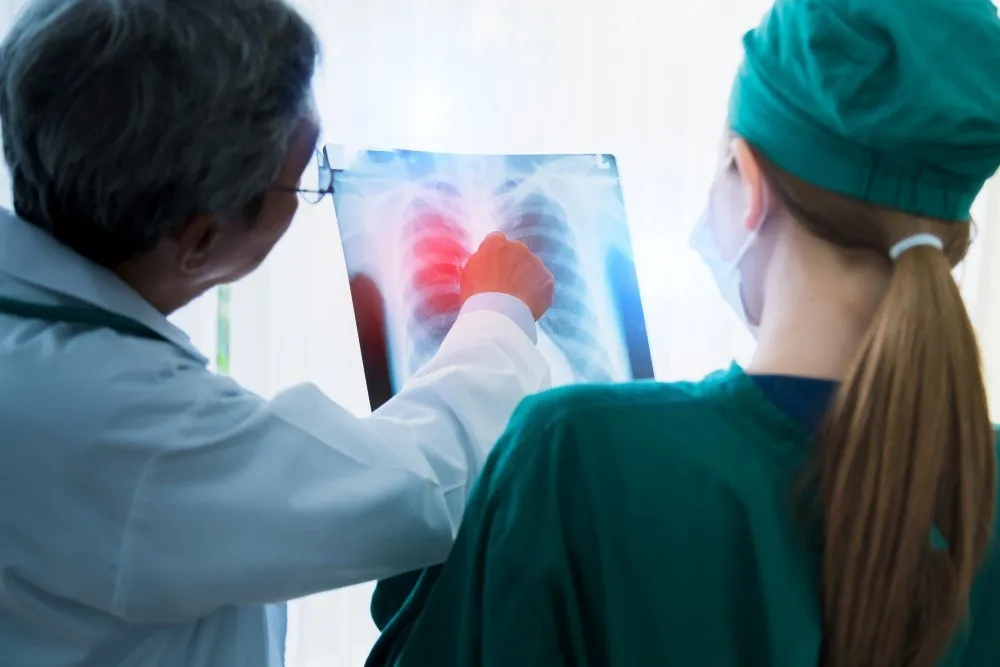Thalassemia is a term given to a group of blood disorders which affect the way a person's body produces haemoglobin, (a protein found in red blood cells) that is responsible for carrying oxygen throughout the entire body.
The human body contains more red blood cells (RBCs) than any other type of cell, and each cell has a life span of 4 months. Every day, the body produces newer red blood cells which replace those that die within the body.
With people suffering from thalassemia, the RBCs are destroyed at a quicker rate, leading to anaemia (causes fatigue and other complications). These conditions are inherited, which means that they are carried in genes and passed on from parents to children. People whose bodies are carriers of the thalassemia gene show no prior thalassemia symptoms and might not even know that they're carriers. If both the parents are carriers of the gene then they can also pass the disease to their kids. But it should be known that thalassemia is not contagious.
Different types of Thalassemia
Everyone person has 4 alpha genes and 2 beta genes which together control the production of haemoglobin. There are 3 major types of thalassemia which are classified based on the severity of symptoms and the genetic defect which causes the disease -
Thalassemia minor
Children who suffer with thalassemia minor or its traits have 2 alpha genes or 1 beta gene missing or damaged. Those which are silent carriers have only one missing or damaged alpha gene. These children do not experience any symptoms (except perhaps mild anaemia in some cases), and they do not require any treatment.
Thalassemia Intermedia
Children with beta thalassemia intermedia, have one or both beta genes which are not working properly. They suffer from mild to severe anaemia which can be diagnosed early in childhood or even later in life. They may need blood transfusions when very sick.
Thalassemia major
Children who suffer from thalassemia major need medical care which includes blood transfusions that help alleviate severe anaemia and chelation therapy (removes excess iron from the blood).
How serious is Thalassemia in children?
The severity of the disease depends on the type of thalassemia your child is suffering from. Those suffering with thalassemia major require regular treatment and blood transfusions which go on throughout their lives. In addition to this, they also require chelation therapy. Milder forms of thalassemia, (thalassemia intermedia and thalassemia minor) don't require such aggressive treatments.
What are its symptoms?
Depending on the number of genes affected, the symptoms of thalassemia can range from no symptoms to severe anaemia. The most common symptoms are due to anaemia and a lower number of healthy red blood cells. However, there is no set rule; each child might experience symptoms differently.
The following are its most common symptoms:
- Pale skin and lips
- Increased heart rate
- Dizziness, especially upon standing
- Headaches
- Irritability
- Delayed menstruation
- Yellowing of skin, eyes and mouth
- Breathlessness, or difficulty in catching a breath
- Lack of energy,
- Tiring easily
- Enlarged spleen or liver
- Slow or delayed development
Best Paediatricians in India
Delhi NCR | Mumbai Region | Kolkata | Hyderabad |

Reviewed by







